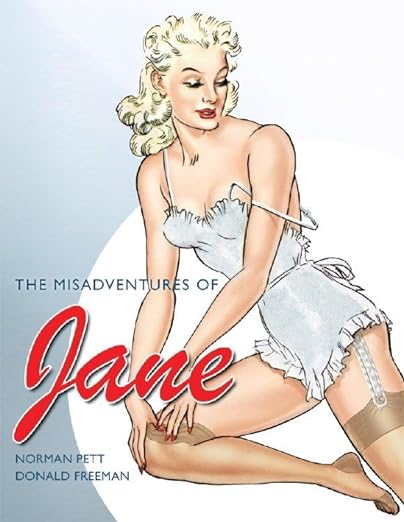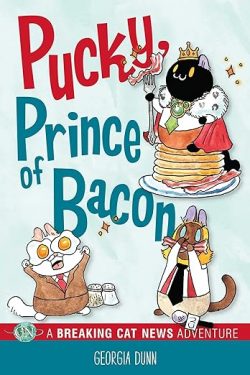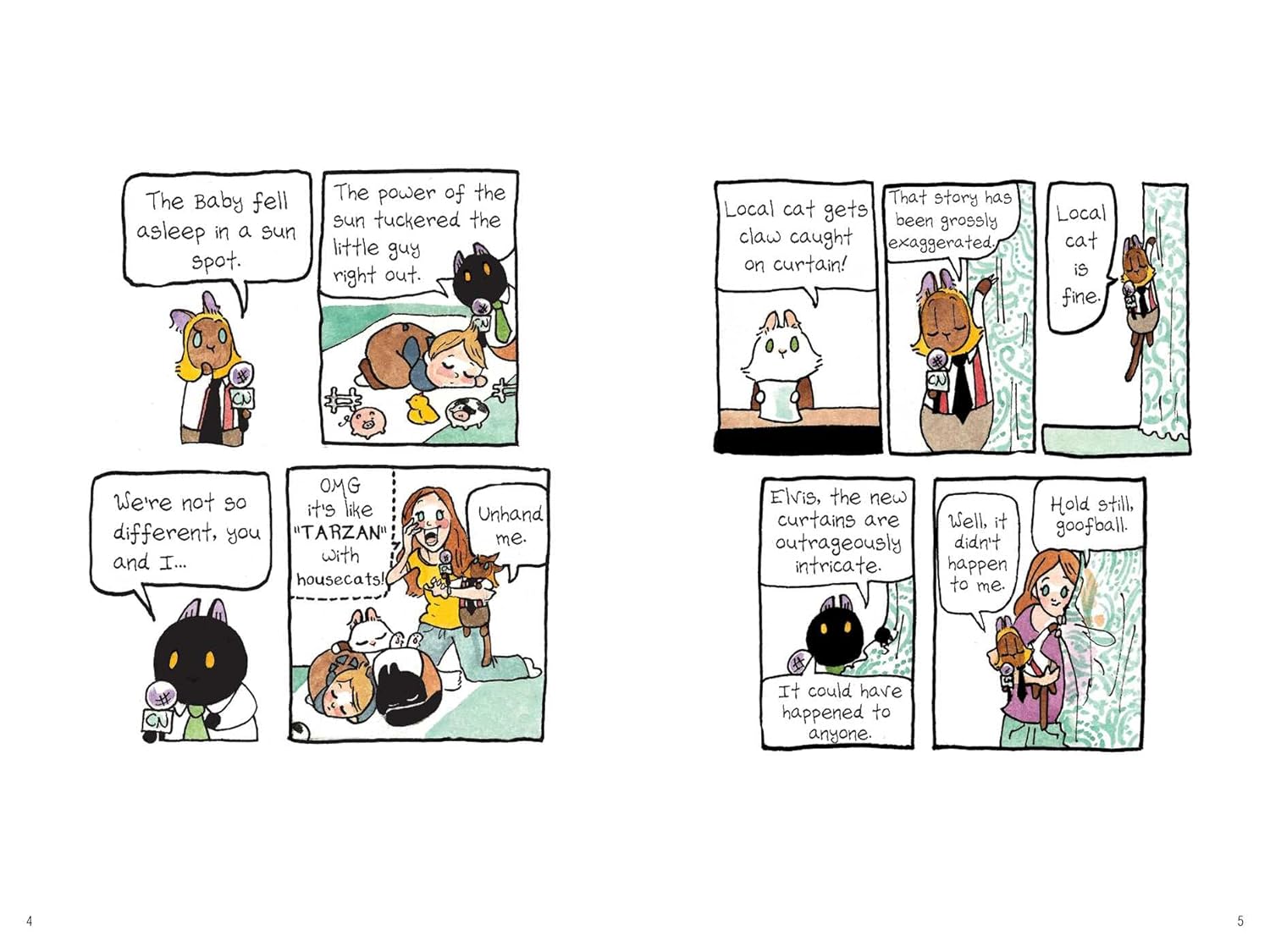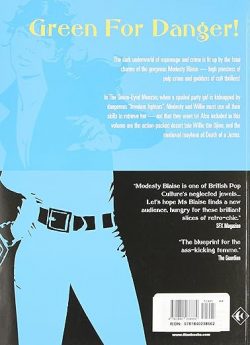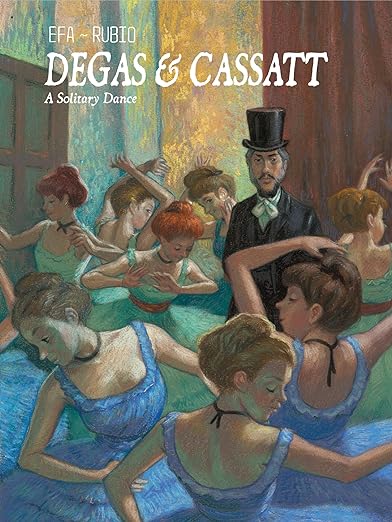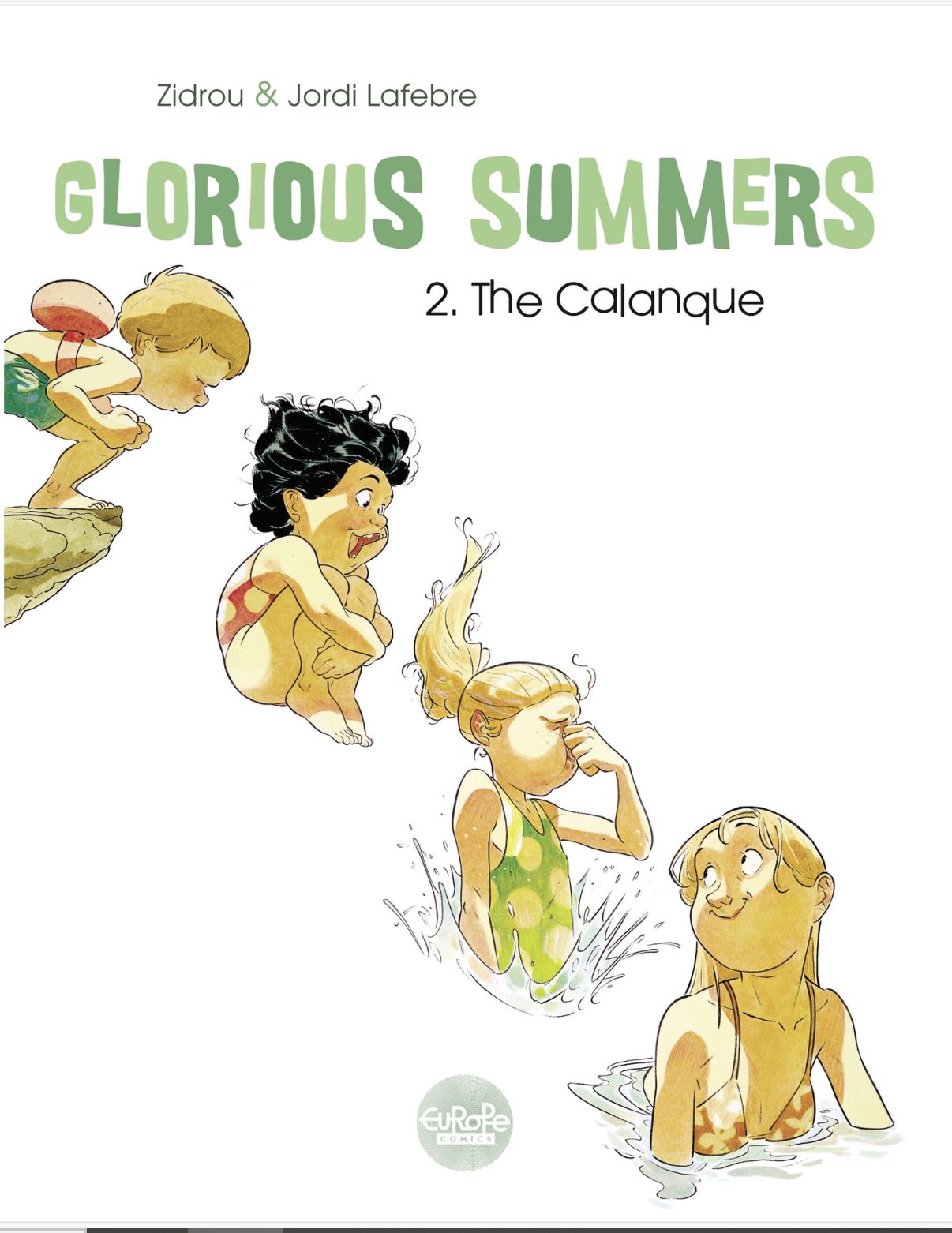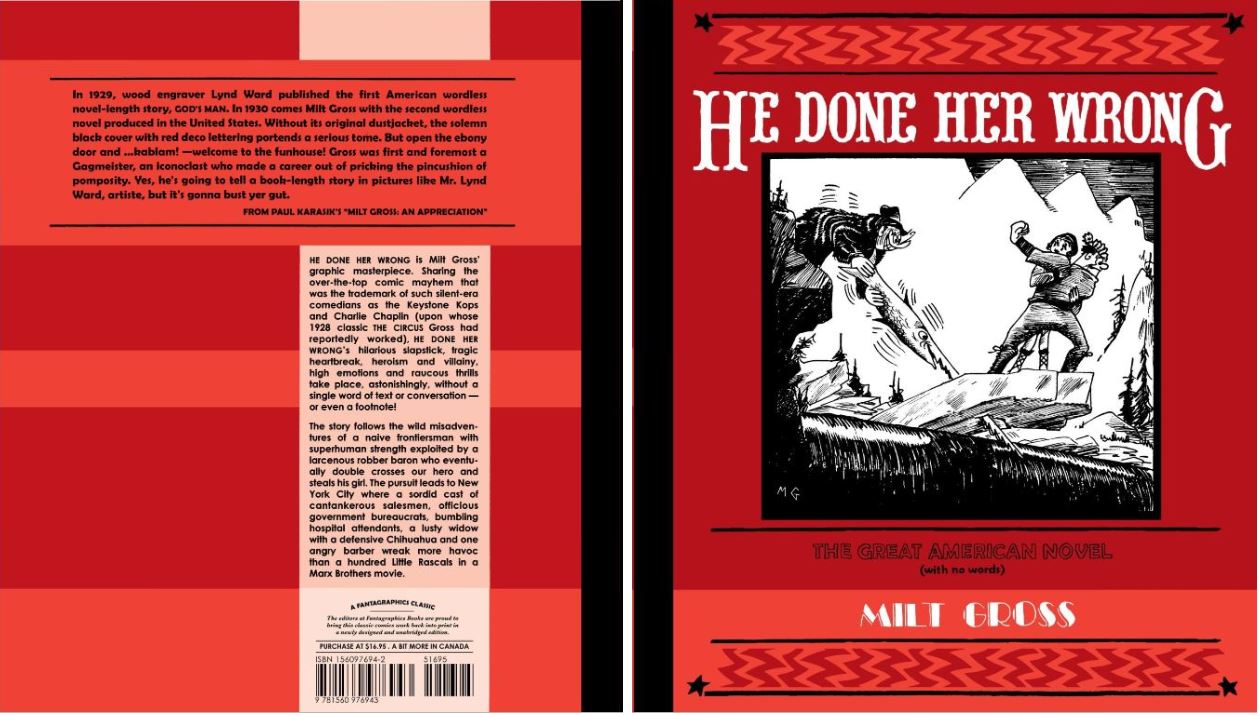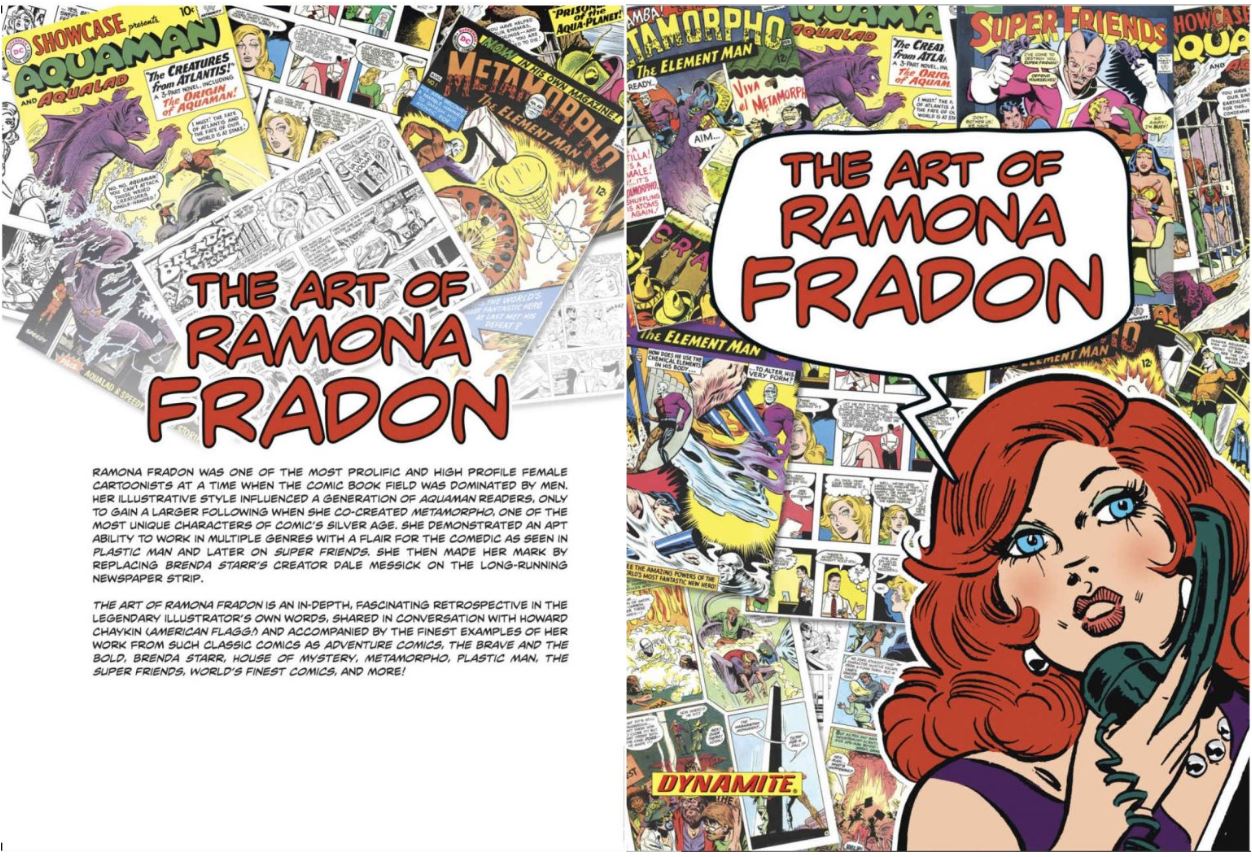
By Ramona Fradon; interviewed by Howard Chaykin (Dynamite Entertainment)
ISBN: 978-1-60690-140-3 (HB/Digital edition)
In a matter of mere weeks that have taken many accomplished, acclaimed and beloved comics luminaries (including Paul Neary, Enrique Badía Romero, José Delbo, Marti (Riera), John G. Miller and Keith Giffen) – we are particularly saddened to learn that pioneering cartoonist Ramona Fradon died on February 24th. At the age of 97 she had only just officially retired a month previously. Her incomparable works will keep her with us through characters and titles such as Super Friends, Aquaman and Metamorpho (slated to appear in the next Superman film). Until then, here’s another tome you should own…
Although present in comic books from the start, women – like so many other non-white/male “minorities” – have been largely written out of history. One of the very few to have weathered that inexplicable exclusion was Ramona Fradon. This excellent commemorative art collection celebrates not only her life and contribution, but thanks to its format – a free, unexpurgated extended interview with iconoclastic creator Howard Chaykin – shares the artist’s frank and forthright views on everything from work practise to the power of fans…
It begins with an Introduction from Walt Simonson who proclaims ‘Meet your Idol… and discover They’re even Cooler than you Thought!’, before early days are revealed in ‘Part One: Setting the Scene’ and ‘Part Two: In the Beginning’…
Ramona Dom was born on October 2nd 1926 to an affluent Chicago family with many ties to commercial creative arts. Her father was a respected artisan, letterer and calligrapher who had designed the logos for Camel cigarettes, Elizabeth Arden and other major brands, and also formulated the fonts Dom Casual and Dom Bold. He had plans for his daughter, urging her to become a fashion designer…
The family moved to (outer) New York when Ramona was five. Ramona initially attended The Parsons School of Design, and discovered she had absolutely no interest in creating clothes. Although she’d never read comic books, she had voraciously read illustrated books like John Barton Gruelle’s Raggedy Anne and Andy series, and was a devoted fan of newspaper strips. Favourites included Dick Tracy, Bringing Up Father, The Phantom, Alley Oop, Flash Gordon, Terry and the Pirates and Li’l Abner (all herein represented by 1930s examples).
Ramona soon transferred to the New York Art Students League – a hotbed of cartooning – where she met and married Arthur Dana Fradon. He became a prolific illustrator, author and cartoonist and a regular contributor to The New Yorker between 1948-1992. They wed in 1948 and he actively encouraged her to seek work in the still young funnybook biz…
‘Part Three: Gingerly Breaking into Comics’ reveals how her first forays at Timely Comics led to DC/National Comics and a Shining Knight yarn published in Adventure Comics #165 (cover-dated June 1951), 10 months later taking over the veteran Aquaman feature in #167. Fradon was one of the first women to conspicuously and regularly illustrate comic books, drawing the strip throughout the 1950s and shepherding the Sea King from B-lister to solo star and Saturday morning TV pioneer.
In the first of a series of incisive, informative mini biographies, ‘Sidebar: Murray Boltinoff’ reveals the influence of that much-neglected and under-appreciated editor. ‘Part Four: Queen of the Seven Seas’ and ‘Part Five: Man of 1000 Elements’ show how occasional stints on The Brave and the Bold team-ups led to her co-creation of Sixties sensation Metamorpho, the Element Man. However in 1965 – at the pinnacle of success – she abruptly retired to raise a daughter, only returning to comics in 1972 for another stellar run of landmark work.
‘Sidebar: George Kashdan’ tells all about the multi-talented scripter before ‘Part Six: Ramona Returns to Comics… At Marvel???’ details how the House of Ideas lured the artist back to her board and highlights her difficulties working “Marvel-style” on assorted horror shorts, The Claws of the Cat and Fantastic Four, all presaging a return to DC…
‘Sidebar: Joseph Patterson’ looks into the astounding strip Svengali who green lit Dick Tracy, Little Orphan Annie, Gasoline Alley and more before ‘Part Seven: Back Home at DC Comics’ where she was busier than ever. As well as horror and humour shorts, Fradon drew a new Metamorpho try-out, superhero spinoff Freedom Fighters and her twin magnum opuses: revived comedy superhero Plastic Man and TV sensation Super Friends. These revelations are bolstered by ‘Sidebar: E. Nelson Bridwell’, exploring the life of the man who knew everything about everything…
In 1980, Fradon took over Dale Messick’s long-running newspaper strip Brenda Starr, drawing it for 15 years. ‘Part Eight: Leaping From Books to Strips’ explores that painful and unpleasant chore in sharp detail, supplemented by ‘Sidebar: Brenda Starr’ outlining the feature’s history and reprinting those episodes when the ageless reporter met a certain cop, allowing Fradon to finally draw childhood idol Dick Tracy…
The most fascinating stuff is left until last as ‘Part Nine: Ramona the Author’ discusses her career post-Brenda: drawing for Bart Simpson and Spongebob Squarepants comics, returning to higher education and writing a philosophical historical mystery novel – The Gnostic Faustus: The Secret Teachings Behind the Classic Text – as well as illustrated kids book The Dinosaur That Got Tired of Being Extinct.
Packed throughout with candid photos, and stunning pencil sketches, painted pictures and privately commissioned works – like Aquaman, assorted Super Friends, Superman, Batman, Wonder Woman, Robin; Metal Men, Aqualad, Brenda Starr, Black Canary, Shazam/Captain Marvel, Shining Knight, The Atom, The Spirit, Metamorpho & cast, Marvel Girl, Miss America, Power Girl, Catwoman, Hawkman, numerous illustrations from The Story of Superman book plus convention sketches, this celebration concludes with even more fabulous sleek super art images in ‘Part Nine: Ramona Today’ and ‘Part Eleven: Bibliography’…
This is an amazing confirmation of an incredible career and any fan’s dream package. Amongst gems unearthed here are complete Aquaman stories ‘The Kid from Atlantis!’ (Adventure Comics #269, 1960), ‘A World Without Water’ (Adventure#251, 1958) and ‘How Aquaman Got his Powers!’ (Adventure #260, 1959), plus tales from Star Spangled War Stories (#184, 1975) and ‘The Invisible Bank Robbers!’ (Gangbusters #30, 1952).
Also on show are unpublished sample strips by Dana & Ramona Fradon and a monumental cover gallery of unforgettable images from Super Friends #3, 5-8, 10, 11, 13, 17, 19, 21, 22, 24-27, 31, 33, 36-39 & 41; Plastic Man #16-20; The Brave and the Bold #55, 57, 58, Showcase #30 & 33, Metamorpho, the Element Man #1-5, Namora #1 (2010), Fantastic Four #133 and Freedom Fighters #3.
These are supported by selected interior pages in full colour or monochrome from Star Spangled War Stories #8; Adventure Comics #190; Metamorpho, the Element Man #1; 1st Issue Special #3; Fantastic Four #133; The Brave and the Bold #57; House of Secrets #116 & 136; Secrets of Haunted House #3 & 14; House of Mystery #232 & 273; Plop! #5; Freedom Fighters #3 & 5; Plastic Man #14; Super Friends #6-8, 10, 13, 16, 19, 21, 23 & 25 and the Super DC Calendar 1977.
A truly definitive appreciation of the Comic Book Hall of Fame inductee 2006, this oversized (229 x 305 mm) hardback reproduces hundreds of pages and covers, plus a wealth of out-industry artwork and commissioned wonders, as accompaniment to an astonishingly forthright testament and career retrospective of a phenomenal and groundbreaking talent.
The Art of Ramona Fradon will delight everyone by showing everybody how comics should be done….
Marvel Characters © and ™ 1941-2013 Marvel Characters, Inc. DC Comics Characters © and ™ DC Comics. Brenda Starr™ © 2013 Tribune Media Services. All Rights Reserved.


